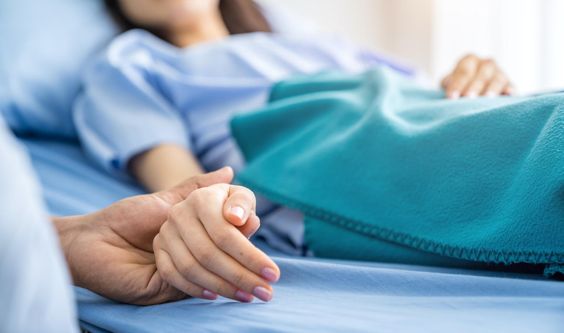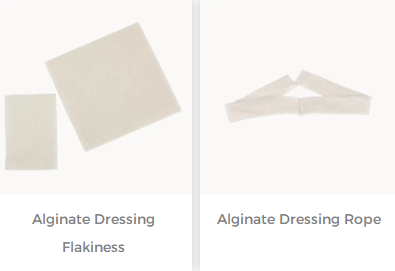Chest wall tuberculosis accounts for 1%-2% of systemic tuberculosis, and often manifests as tuberculous cold abscess or chronic chest wall sinus. Chest wall tuberculosis is tuberculosis of the ribs, sternum, and chest wall soft tissue secondary to pulmonary or pleural tuberculosis infection. If it is not treated effectively in the early stage, tuberculous wounds on the chest wall will form, often manifested as chronic ulcers or sinus tracts, and sinus tract wounds will not heal for a long time. If not treated properly, it will easily lead to the recurrence of lesions. The traditional treatment method mainly consists of multiple dressing changes and reoperation if necessary, which eventually leads to treatment failure, recurrence, and multiple operations. This article will introduce a case of refractory wounds after chest tuberculosis. I hope that the introduction of this case Can improve everyone's awareness and understanding of nursing work.
Case introduction:
The patient was a middle-aged man who was engaged in manual labor. A year ago, he felt chest pain at work and didn't pay much attention to it, thinking it was just normal chest pain. However, as time passed, his chest pain symptoms became more and more severe, and he developed symptoms such as coughing and expectoration. He went to the hospital for examination, and the doctor told him that he had chest tuberculosis. After a year of treatment, his condition was under control, but the wound has not healed.
Nursing measures:
Wound cleaning and disinfection :
Cleaning: Disinfect the base of the wound with normal saline, and disinfect the skin around the wound with 0.5% active iodine;
Debridement: mechanical debridement; use alginate dressing inside the sinus tract; use silver ion dressing on the inner layer, outer dressing: alginate dressing /silver ion dressing / sterile dressing
Dressing change frequency: quod (change the outer cotton if necessary )
Nutritional Support :
Provide the patient with adequate nutrition to support his physical recovery. It is recommended that patients eat more foods rich in protein, vitamins, and minerals, such as lean meat, fish, vegetables, and fruits.
Pain Management :
Wound pain in patients is a common symptom that requires pain management. Painkillers or other pain relievers may be used to relieve the patient's wound pain. However, in the process of using the drug, you need to follow the doctor's advice and not stop the drug or increase or decrease the dose by yourself.
Psychological support :
The patient's condition and the pressure of the non-healing wound may have an impact on the patient's psychology. Therefore, we need to pay attention to the emotional changes of patients and provide psychological support. The psychological pressure on patients can be relieved by communicating with patients and listening to their ideas and needs.
Summarize:
In this article, we present the case care of a refractory wound following chest tuberculosis. Chest wall tuberculosis is a secondary tuberculous lesion of the chest wall soft tissue, ribs, and sternum, and is a common chest wall disease. The vast majority of chest wall tuberculosis is secondary to pulmonary tuberculosis, pleural tuberculosis, and mediastinal lymphatic tuberculosis. If not treated in time, it will lead to sinus non-union, and it is easy to relapse after surgery. It is a chronic wasting disease, and patients often lose weight and become emaciated after onset, general fatigue, etc., and after taking anti-tuberculosis drugs, the drugs stimulate the gastrointestinal tract, which is prone to produce discomfort reactions such as anorexia, vomiting, and loss of appetite. This in turn leads to insufficient nutrient intake and/or untimely treatment of underlying diseases, making it difficult for patients to heal their wounds. Nursing measures include wound cleaning and disinfection, nutritional support, pain management, and psychological support. Reasonable care can help patients relieve wound pain and promote wound healing. At the same time, we remind again that when symptoms such as chest pain occur, seek medical treatment in time to avoid delaying the treatment.
For more information on Innomed® Alginate Dressing, refer to the previous articles. If you have customized needs, you are welcome to contact us; we will serve you wholeheartedly. At Longterm Medical, we transform this data by innovating and developing products that make life easier for those who need loving care.
Editor: kiki Jia
Date: May 23, 2023

 English
English عربى
عربى Español
Español русский
русский 中文简体
中文简体








